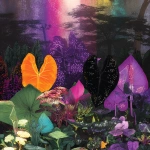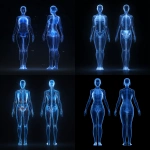Explore the Best AI Image Gallery

The Rise of AI in Product Photography: Revolutionizing the Creative Landscape
In recent years, artificial intelligence (AI) has dramatically altered numerous sectors, and product photography is no exception. This technological evolution brings forth both exciting possibilities and significant challenges. As brands increasingly seek perfection in their visuals, the role of AI in crafting stunning product images has come into sharper focus. This article explores the multifaceted impact of AI on product photography, its potential uses, ethical considerations, and anticipated future trends.
Understanding AI in Product Photography
AI technology in product photography leverages machine learning algorithms to enhance various aspects of the photographic process. From automating traditional practices such as editing and retouching to generating entirely new images, AI enables photographers to focus more on the creative elements of their work.
AI-Powered Tools
Several AI-driven tools have emerged that significantly streamline the product photography workflow:
- Image Editing Software: Tools like Adobe Photoshop have integrated AI features that can automatically retouch images, remove backgrounds, and enhance colors with astounding precision.
- Virtual Studios: AI software can simulate studio environments, allowing brands to create high-quality product photos without the need for extensive setups.
- 3D Rendering: With 3D modeling software powered by AI, businesses can generate photorealistic images of products without the need to create physical prototypes.
The Impact on the Creative Industry
The creative landscape is continually evolving, and the inclusion of AI has transformed how photographers, marketers, and brands approach product imagery. Among the key impacts are:
Increased Efficiency
Traditionally, product photography requires extensive time and resources—setting up shots, adjusting lighting, and performing detailed post-editing. AI technologies automate many of these processes, allowing companies to produce high-quality content at a fraction of the time and cost, speeding up time to market.
Enhanced Creativity
With mundane tasks automated, photographers can invest their energy in strategic creative thinking and experimentation. AI tools provide suggestions for compositions, color palettes, or even marketing strategies, empowering artists to push boundaries and explore new aesthetics.
Personalization for Target Audiences
AI can analyze consumer data to create tailored images that resonate with specific demographics. By understanding preferences and behaviors, brands can generate visuals that are more likely to engage their target audience, enhancing marketing strategies and driving sales.
Ethical Considerations
While the advances in AI bring many benefits, they are not without ethical dilemmas. Issues surrounding copyright, authenticity, and the potential for misuse must be addressed to navigate the future responsibly:
Copyright and Originality
The rise of AI-generated images raises questions about ownership—who holds the rights to an image generated by an algorithm? Photographers might find that their work has been manipulated or utilized without credit, leading to legal and creative disputes.
Authenticity vs. Misrepresentation
AI tools can generate hyper-realistic product images, which raises concerns about trustworthiness. If consumers start perceiving products through AI-enhanced visuals that differ from reality, it may lead to dissatisfaction and decreased brand loyalty.
Future Trends in AI-Powered Product Photography
As AI technology continues to evolve, the realm of product photography is bound to grow in innovative directions. Some anticipated trends include:
Augmented Reality (AR) Integration
AR technology combined with AI will allow consumers to interact with products in an immersive manner, viewing them in their own environment before making a purchase.
Greater Accessibility
As AI tools become more user-friendly and affordable, small businesses and amateur photographers will gain access to high-quality product photography capabilities previously available only to industry leaders.
Sustainability in Photography
With increasing awareness of environmental issues, AI can help implement more sustainable practices in photography by reducing the need for physical resources and the carbon footprint associated with traditional shoots.
Conclusion
The convergence of AI and product photography marks an exciting chapter in the evolution of the creative industry. While challenges abound, the potential for increased efficiency, enhanced creativity, and tailored marketing strategies presents an opportunity for photographers and brands alike to evolve in a rapidly changing landscape. As we navigate these advancements, ethical considerations must remain at the forefront to ensure a responsible and respectful approach to emerging technologies.
](https://images.ai-img.art/thumbnails/150/3d91370d58b2f68867187ea56dc69c37d746fdadd44b521d87b1bf1df5d10f40.webp)

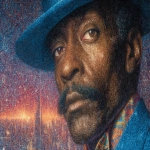
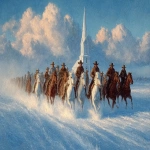
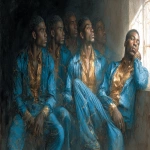


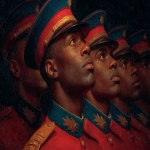





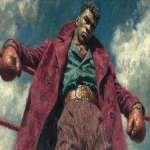






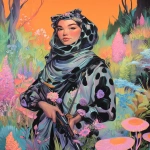
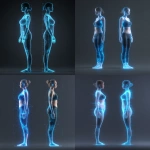



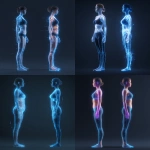

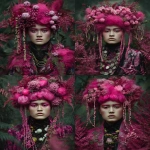
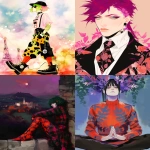
](https://images.ai-img.art/thumbnails/150/e0118b29fe5cfc2e6592413bab22001f9af64b4b69c6ec903940c927cde44197.webp)

](https://images.ai-img.art/thumbnails/150/17edcb4f51c616e1278d716b510145bbc041556f71d621d2895f134892303315.webp)



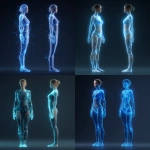

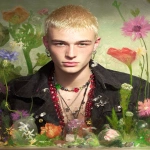

](https://images.ai-img.art/thumbnails/150/26c257403e31dee6746c78e38bceb7def6011d04664049ef156f64a1c5497d44.webp)
](https://images.ai-img.art/thumbnails/150/27af9f0bb8b7c7d503263849abaf3ede0e1acd1c8e0bdaba4700f845a674a0fc.webp)
